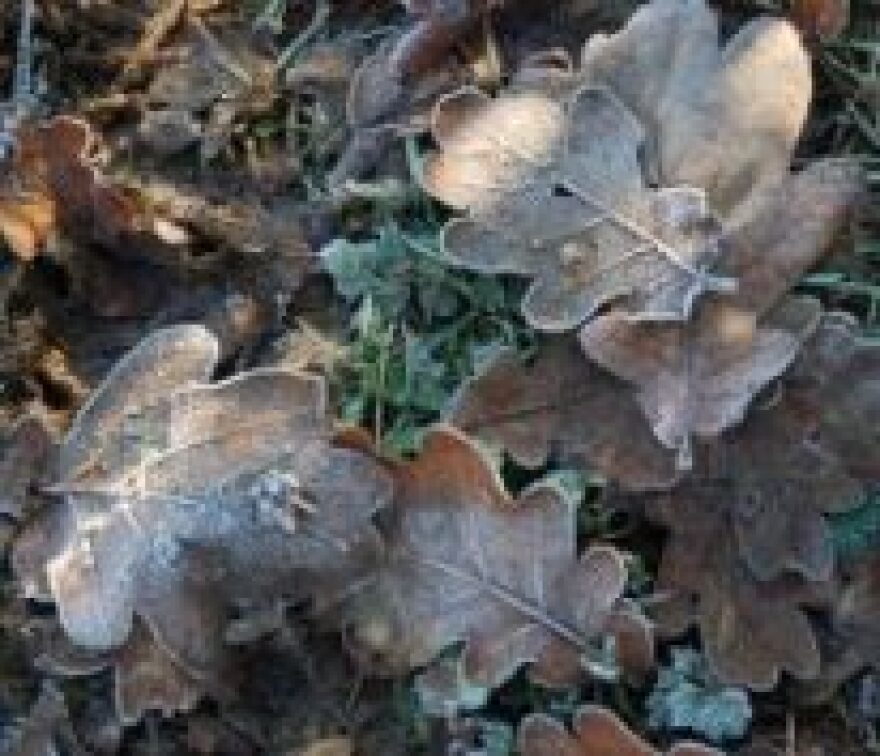Louisville has officially had it's first frost. Most of us know that frost is something that forms on surfaces once temperatures drop. But, do you know exactly how the feathery flakes are different ice particles?
For our "Science Behind the Forecast" series, Tawana Andrew explains what exactly is frost.
Tawana Andrew: We've gotten to this time of the year where it gets cold and a little bit frosty out there.
Bill Burton: Yeah, the mornings are definitely a little on the cold side, and we're seeing some frost and that's our topic today. So what do we need to know about Frost?
TA: Well, of course, it becomes more of a concern during the late fall and winter as our temperatures start to drop. And on average, Louisville, especially at the airport, will see its first fall frost around October 25. For the first fall freeze, that typically happens around November 4. This year, we actually got ours, both of them earlier than that.
The National Weather Service defines frost as the formation of thin ice crystals on the ground or on other surfaces. In the form of scales, needles, feathers or fans. Frost, that thin layer of ice can form on solid surfaces can only occur on a surface that is below the freezing mark.
Once you have water vapor touching this sub freezing surface, deposition occurs. So basically that water vapor goes directly to ice, and skips that liquid stage once it reaches its freezing point.
Now the surface that frost will form on must be colder than the dewpoint of the air surrounding it. If the atmosphere is too humid, you'll actually end up with a situation where the water vapor will condense into a liquid before freezing. And that technically is icing and not frost.
And I mean like with ice, not like you put on a cake. Not the fun stuff.
Frost will have a more feathery crystal like appearance, but frozen dew, that icing is more transparent and round and hard. So if there's more of a crunch, then most likely it's frozen dew.
You need very specific conditions for frost to form. You need clear skies, because clear skies allow a little bit more of that radiational cooling and allowing more of that heat to escape from the planet's surface into the atmosphere. You need super cooled temperatures, so freezing temperatures, if that super cold freezing air can drop to the dew point, then frost can form on a variety of objects. You also need calm winds because light winds will allow a thin layer of supercooled air to form near the ground, and keep in mind this layer near the ground can be up to 10 degrees colder than the air right above it. That is why you can end up in a situation where there's frost on the ground, but the air temperature that we measure is substantially warmer than 32 degrees.
Topography plays a big role, because colder air usually settles pretty easily into valleys, since it's heavier than warm air. Valleys can also help to block strong winds, which actually enhances frost formation.
And there's a couple of types of frost. There's air frost, temperatures will drop below the freezing point of water that will easily allow frost to form. You have ground frost which is where ice forms on sub freezing objects on the ground. And if the surface gets colder faster than the air, as I just mentioned, you can end up with ground frost happening without an air frost.
BB: That is a lot of info to digest but now we have a significantly better understanding of frost,.
This transcript has been lightly edited for clarity.






